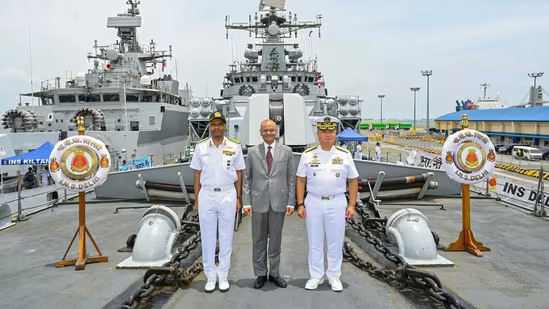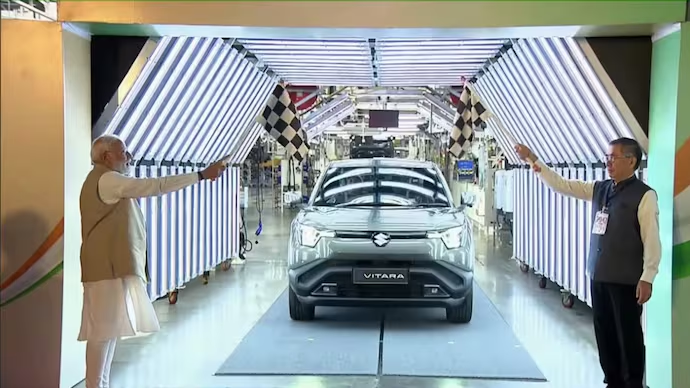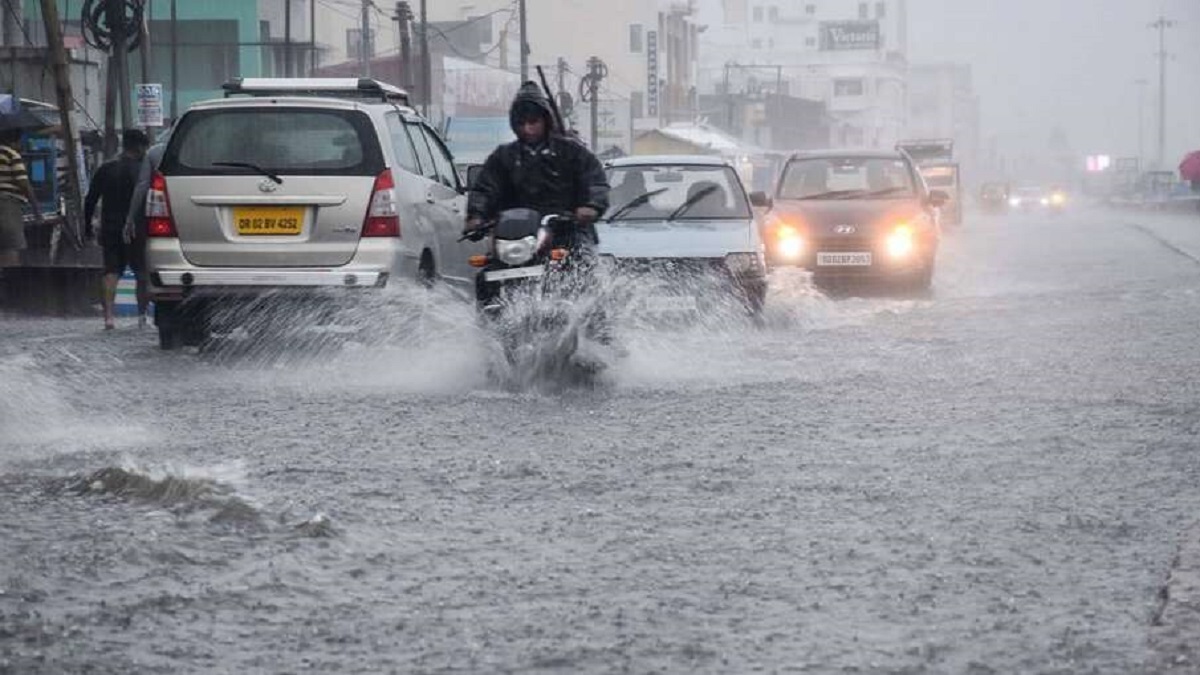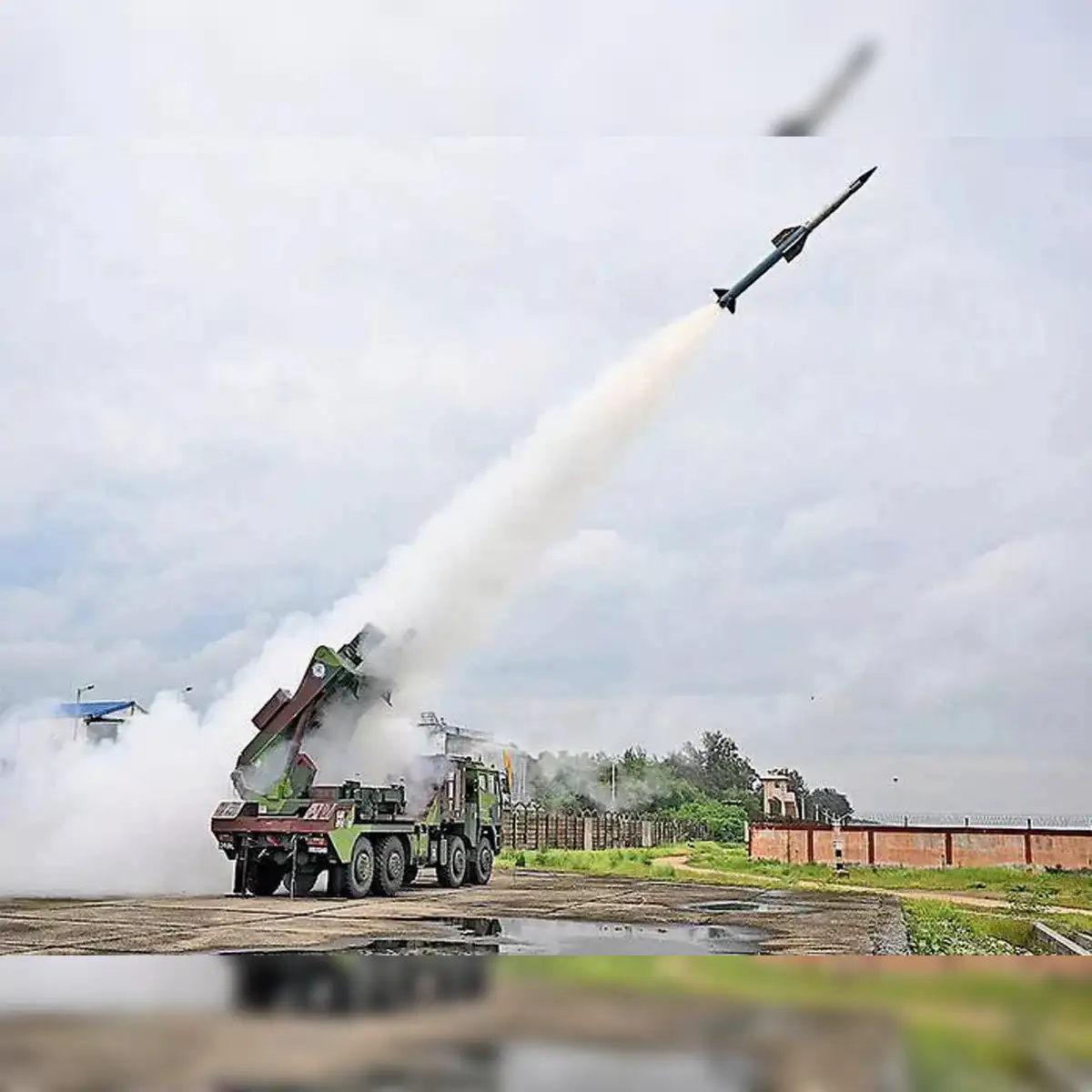Manila/New Delhi, August 4, 2025 — In a significant step toward deepening defence cooperation, the Philippine and Indian navies sailed together for the first time in the South China Sea, marking a milestone in bilateral maritime relations. The joint activity comes as President Ferdinand Marcos Jr. departs for a five-day state visit to India, signaling an intent to strengthen defence, economic, and maritime partnerships.
A Strategic Joint Sail in Contested Waters
The two-day joint naval sail, which began Sunday, took place within the Philippines’ exclusive economic zone (EEZ). According to Philippine military chief General Romeo Brawner, the idea for the exercise was born from his meeting with his Indian counterpart in March.
“We did not experience any untoward incidents, but there are still those shadowing us — as we had already expected,” Brawner said, alluding to Chinese vessels without naming them explicitly.
The Philippines has been conducting “maritime cooperative activities” with like-minded countries since late 2023 to counter China’s expansive claims in the South China Sea. These exercises have included joint sails with the U.S., Japan, Australia, France, and Canada.
Warships Involved in the Bilateral Exercise
India deployed a powerful naval contingent including:
-
INS Delhi – a guided missile destroyer
-
INS Shakti – a fleet replenishment tanker
-
INS Kiltan – an anti-submarine corvette
Meanwhile, the Philippine Navy contributed:
-
BRP Jose Rizal – a state-of-the-art guided missile frigate
-
BRP Miguel Malvar – a legacy patrol ship
China’s Response and Regional Implications
Reacting to the development, China’s foreign ministry reiterated that maritime disputes should be resolved bilaterally and warned against “third-party interference.” Beijing claims nearly the entire South China Sea, overlapping with maritime zones of Brunei, Indonesia, Malaysia, the Philippines, and Vietnam.
Despite a 2016 ruling by an international arbitral tribunal declaring China’s claims invalid under international law, Beijing continues to reject the verdict.
Marcos’ Visit to India: Deepening Maritime & Defence Ties
President Marcos’ state visit to India aims to boost cooperation in defence, pharmaceuticals, agriculture, and especially maritime security. The timing of the joint sail underscores the growing convergence between New Delhi and Manila in ensuring a free and open Indo-Pacific.
India, which has increasingly taken a firmer stance in support of freedom of navigation and UNCLOS compliance, views the Philippines as a key partner in Southeast Asia. The two countries are expected to ink several defence and economic agreements during the visit.










